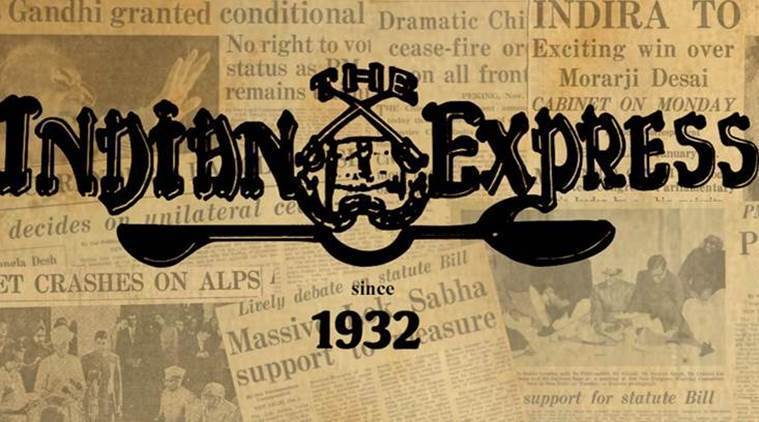 There was a camera handy — curious how they arrive on cue at encounters, as if they were press conferences instead
There was a camera handy — curious how they arrive on cue at encounters, as if they were press conferences instead
Power does not flow exclusively from the barrel of a gun. Occasionally, it also flows from the mouth of a policeman. When Sub-Inspector Manoj Kumar of the UP police found that his service weapon had jammed in the course of an encounter in the sugarcane fields of Sambhal district, he mimicked the sound of gunfire to frighten his quarry, a criminal who glories in the nom de guerre of Bhatija (nephew). There was a camera handy — curious how they arrive on cue at encounters, as if they were press conferences instead — and the video went viral. Social media LOL-ed, but now Kumar has been recommended for a certificate from the director general of police. It appears that the UP police routinely yell, “Catch them, catch them,” and, “Thain, thain” at encounters, and Kumar had waged strategic psychological warfare.
But if sound effects artistes are the first line of defence against armed criminals in UP, there is cause for concern. Especially if they are ham artistes. Kumar’s performance, a dispirited and perfunctory “thain, thain”, would not have found favour among theatre critics. If such tactics are routinely used, as the police have claimed, they must train officers to put some bounce into it.
Decades ago, when radio plays were all the rage, the BBC had a full department of sound effects specialists who could click two bits of wood together so they sounded like approaching footsteps, shake gravel to elicit the roar of a storm, or tear a length of scotch tape and make it scream. After the rise of television, audio effects is a lost art, and it is wonderful that the UP police is resurrecting it in the badlands. Even if the appropriateness of “thain, thain” is contested. One school of thought forcefully argues that the authentic Indian representation of gunfire is “dhishkiyaun, dhishkiyaun”.